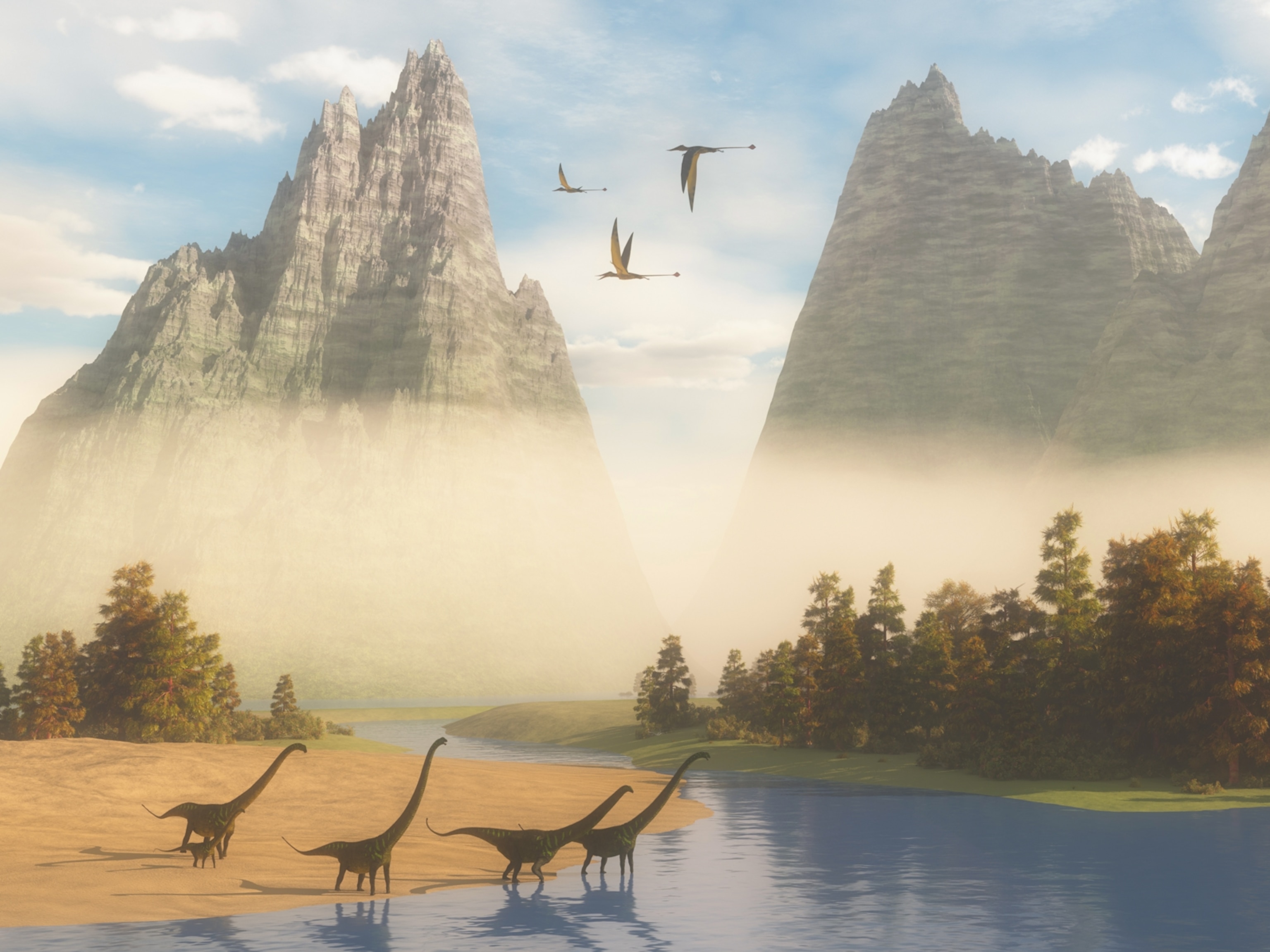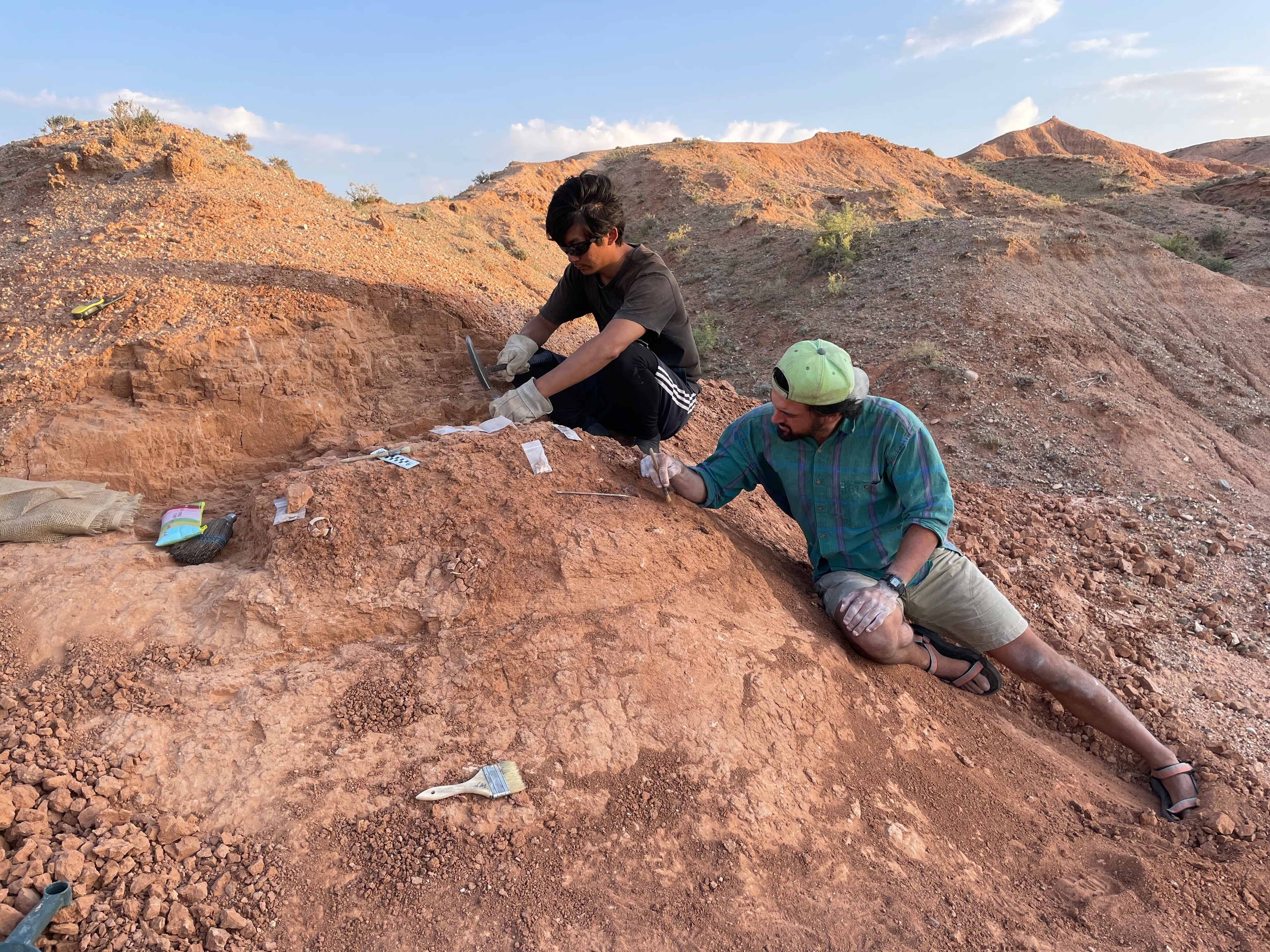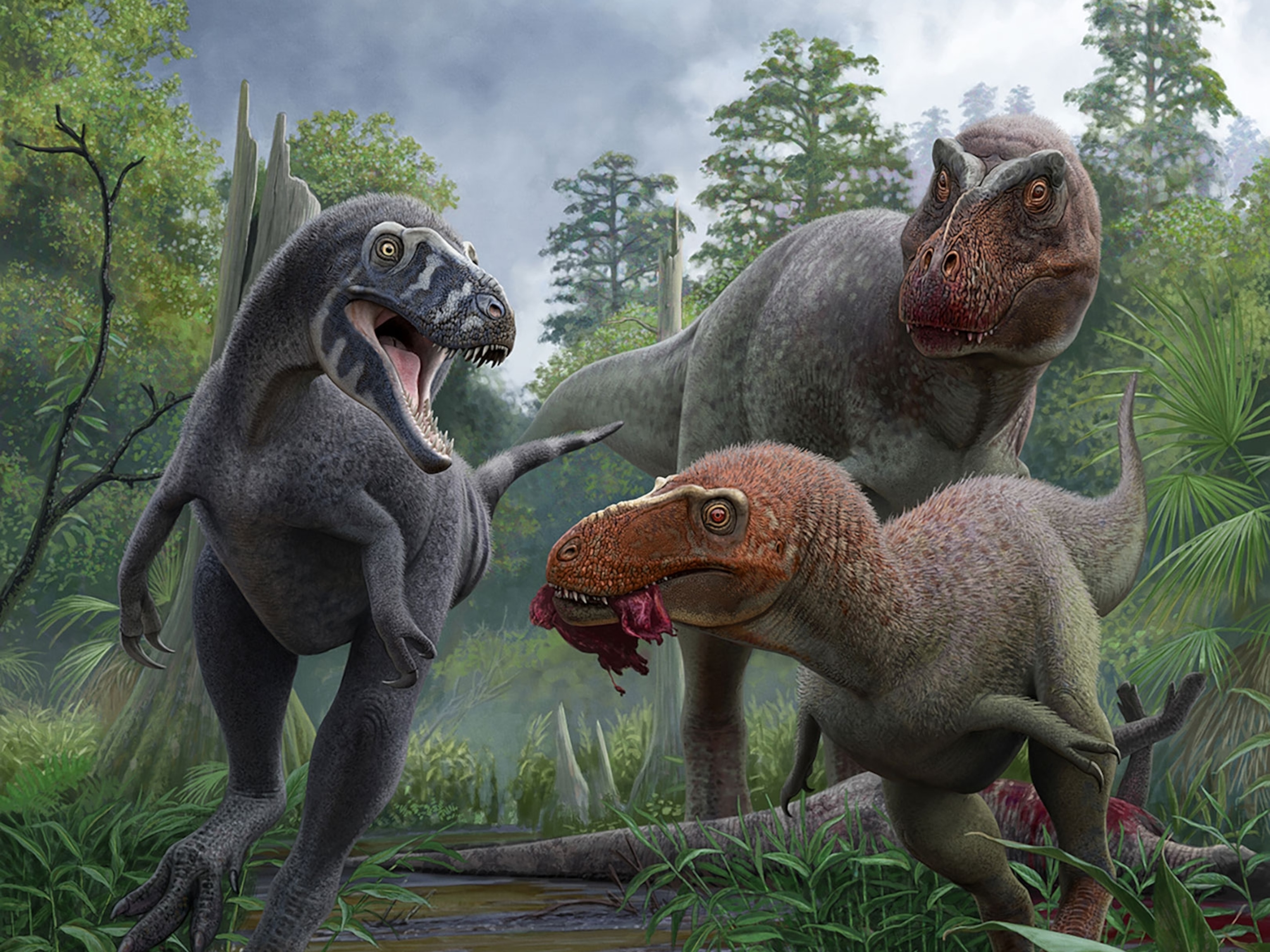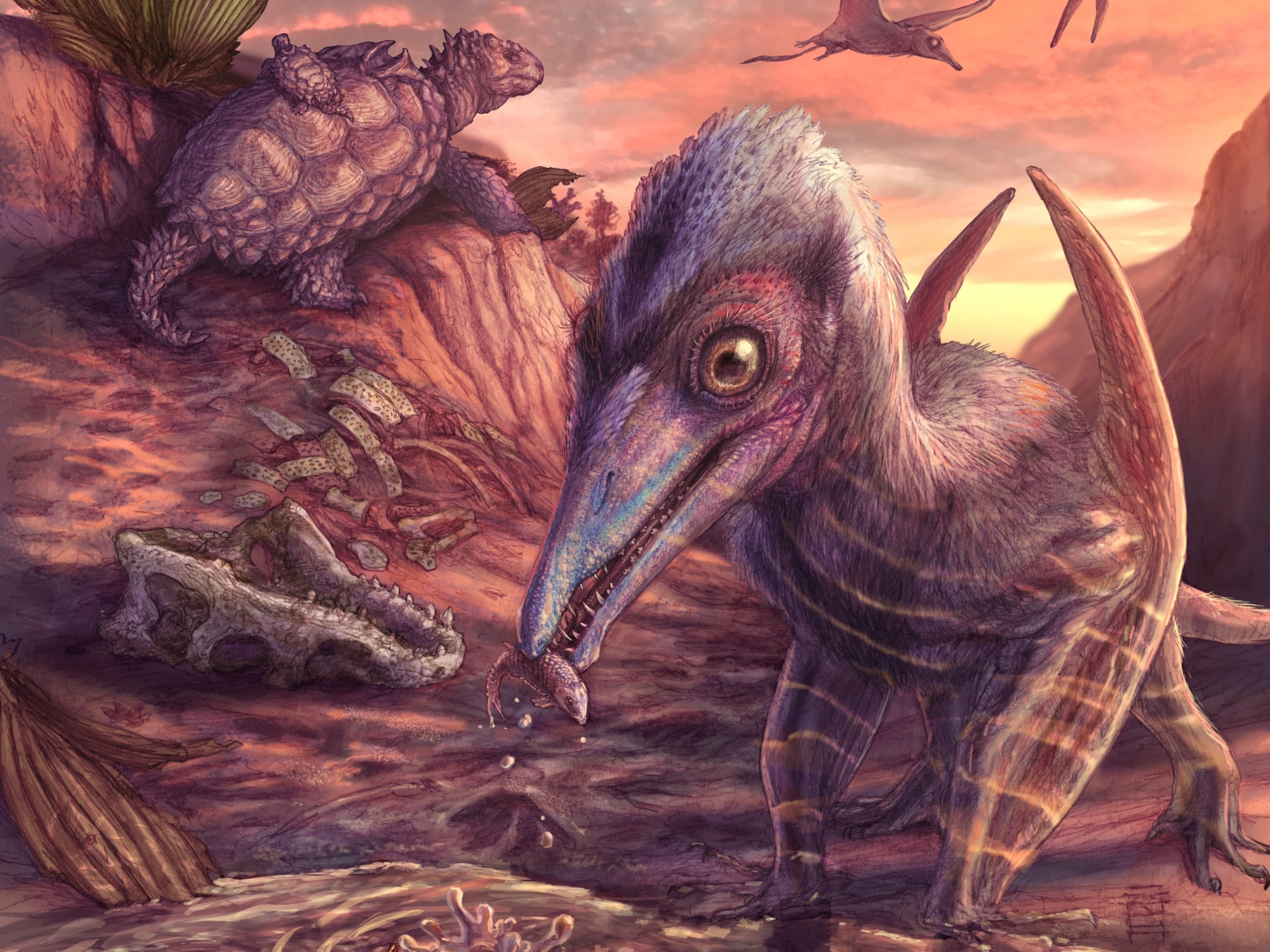Climate change and the developments it spurs carry the narrative of the Quaternary, the most recent 2.6 million years of Earth's history. Glaciers advance from the Poles and then retreat, carving and molding the land with each pulse. Sea levels fall and rise with each period of freezing and thawing. Some mammals get massive, grow furry coats, and then disappear. Humans evolve to their modern form, traipse around the globe, and make a mark on just about every Earth system, including the climate.
A Changing Climate
At the start of the Quaternary, the continents were just about where they are today, slowing inching here and there as the forces of plate tectonics push and tug them about. But throughout the period, the planet has wobbled on its path around the sun. The slight shifts cause ice ages to come and go. By 800,000 years ago, a cyclical pattern had emerged: Ice ages last about 100,000 years followed by warmer interglacials of 10,000 to 15,000 years each. The last ice age ended about 10,000 years ago. Sea levels rose rapidly, and the continents achieved their present-day outline.
When the temperatures drop, ice sheets spread from the Poles and cover much of North America and Europe, parts of Asia and South America, and all of Antarctica. With so much water locked up as ice, sea levels fall. Land bridges form between the continents like the currently submerged connector across the Bering Strait between Asia and North America. The land bridges allow animals and humans to migrate from one landmass to another.
A Big Thaw
During warm spells, the ice retreats and exposes reshaped mountains striped with new rivers draining to giant basins like today's Great Lakes. Plants and animals that sought warmth and comfort toward the Equator return to the higher latitudes. In fact, each shift alters global winds and ocean currents that in turn alter patterns of precipitation and aridity around the world.
Since the outset of the Quaternary, whales and sharks have ruled the seas, topping a food chain with otters, seals, dugongs, fish, squid, crustaceans, urchins, and microscopic plankton filling in the descending rungs.
On land, the chilliest stretches of the Quaternary saw mammals like mammoths, rhinos, bison, and oxen grow massive and don shaggy coats of hair. They fed on small shrubs and grasses that grew at the ever moving edges of the ice sheets. About 10,000 years ago, the climate began to warm, and most of these so-called megafauna went extinct. Only a handful of smaller, though still impressively large, representatives remain, such as Africa's elephants, rhinoceroses, and hippopotamuses.
Scientists are uncertain whether the warming climate is to blame for the extinction at the end of the last ice age. At the time, modern humans were rapidly spreading around the globe and some studies link the disappearance of the big mammals with the arrival of humans and their hunting ways.
In fact, the Quaternary is often considered the "Age of Humans." Homo erectus appeared in Africa at the start of the period, and as time marched on the hominid line evolved bigger brains and higher intelligence. The first modern humans evolved in Africa about 190,000 years ago and dispersed to Europe and Asia and then on to Australia and the Americas. Along the way the species has altered the composition of life in the seas, on land, and in the air—and now, scientists believe, we're causing the planet to warm.
(Read more about climate change, how it's caused, and how to combat it.)






